Security
Redrawing the piracy map for 2020
The annual piracy report by the IMB’s Piracy Reporting Centre has shown that global piracy incidents continue to decline, but certain regions continue to present a significant threat to shipping firms. Chris Lo asks: what are the areas where vessel attacks have swung up or down in 2019?
Image:
In mid-January,
the International Maritime Bureau’s Piracy Reporting Centre (PRC) published its annual piracy report for incidents that took place in 2019. Based in Kuala Lumpur, the PRC was established in 1992 and provides a free service for shipmasters to report cases of piracy, armed robbery and stowaways.
This year’s report revealed that in 2019, the PRC received 162 reports of piracy and armed robbery against ships. This represents an encouraging decline in reported attacks, down from 201 in 2018 and a continuation of the gradual (and not unbroken) downward piracy trend in recent years. Of the 162 attacks recorded last year, there were 130 vessel boardings, four hijackings, 17 attempted attacks and 11 cases of ships being fired upon.
While the PRC has welcomed the decline in overall incidents, there are hot spots – some well-known, others emerging – that continue to present a sizeable threat to commercial shipping.
“Whilst the reduction in the overall numbers is welcomed, the IMB PRC is extremely concerned over certain spikes in different parts of the world,” the report notes.
As the global piracy map continues to be redrawn, below are some key regional takeaways from the PRC’s annual report, profiling three regions where piracy escalated last year, as well as three regions where particularly significant reductions have been achieved.
The International Maritime Bureau’s Maritime Security Hotline can be contacted 24 hours a day. Tel: +60 3 2031 0014. Fax: +60 3 2078 5769. Email: imbsecurity@icc-ccs.org
Piracy up: Peru
After two years of low incident numbers (two in 2017 and four in 2018), attacks in Peruvian waters have again increased to ten incidents last year. The epicentre for these incidents, which included nine boardings and one attempted attack, is the anchorage of Callao in Lima District, where all of these attacks occurred – five of which were reported in the last quarter of the year.
The PRC categorises most of the incidents as low level, mainly involving robbery attempts during which vessel interlopers have mostly fled at the first sign of a response, although there are several incidents of brief hostage-taking episodes. In one incident in late November, three mooring ropes were the only items reported missing. Nevertheless, the PRC has noted the increasing number of incidents and advises shipmasters to maintain a vigilant watch and anti-piracy measures.
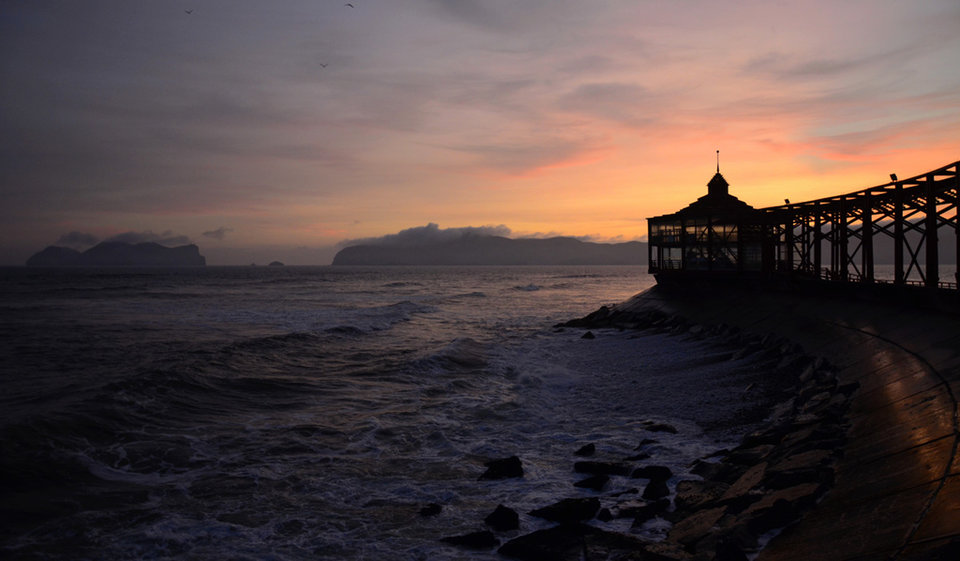
La Punta in Callao, Lima, Peru.
Piracy up: Gulf of Guinea
Amid the positive news around piracy in 2019 hides one particularly concerning statistic – an unprecedented number of crew members being kidnapped from their vessels, with 134 crew snatched in 19 separate attacks worldwide. These kidnappings were overwhelmingly driven by incidents in the Gulf of Guinea, where the number of crew kidnapped increase by more than 50% from 78 in 2018 to 121 in 2019. There were 64 incidents in these waters last year, including all four vessel hijackings and 10 out of 11 total reports of ships coming under fire.
Although attacks in Nigerian waters dropped from 48 in 2018 to 35 last year, incidents in the country’s territory are still driving the gulf’s status as the highest-risk region for global piracy. Incidents in Nigerian waters include two vessel hijackings as well as multiple kidnappings, boardings and exchanges of fire.
“There can be no doubt that the Gulf of Guinea presents a serious and immediate threat to the safety and security of crews and vessels operating in the region,” PRC’s report concludes.
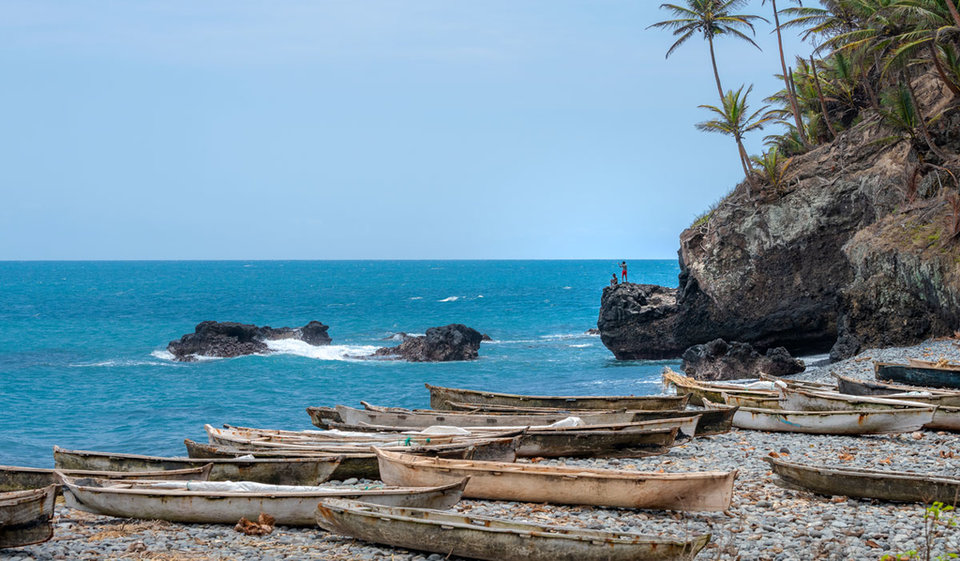
São Tomé and Príncipe, an African island in the Gulf of Guinea.
Piracy down: Somalia and the Gulf of Aden
Given the recent history of piracy in the Gulf of Aden and off the Somali coast, it’s striking that not a single incident was reported in these waters last year.
“The international navies patrolling these waters continue to coordinate and liaise with merchant and fishing fleets to identify and apprehend pirate action groups,” the report notes.
Despite the important security progress being made in Somalia and the Gulf of Aden, the PRC cautioned shipowners not to become complacent, as “Somali pirates still retain the capability and capacity to carry out incidents”.
“Somali pirates tend to be well-armed with automatic weapons, RPGs [rocket-propelled grenades] and sometimes use skiffs launched from mother vessels, which may be hijacked fishing vessels or dhows,” the agency said. “While transiting through these waters it is essential to maintain a 24-hour visual and radar watch.”
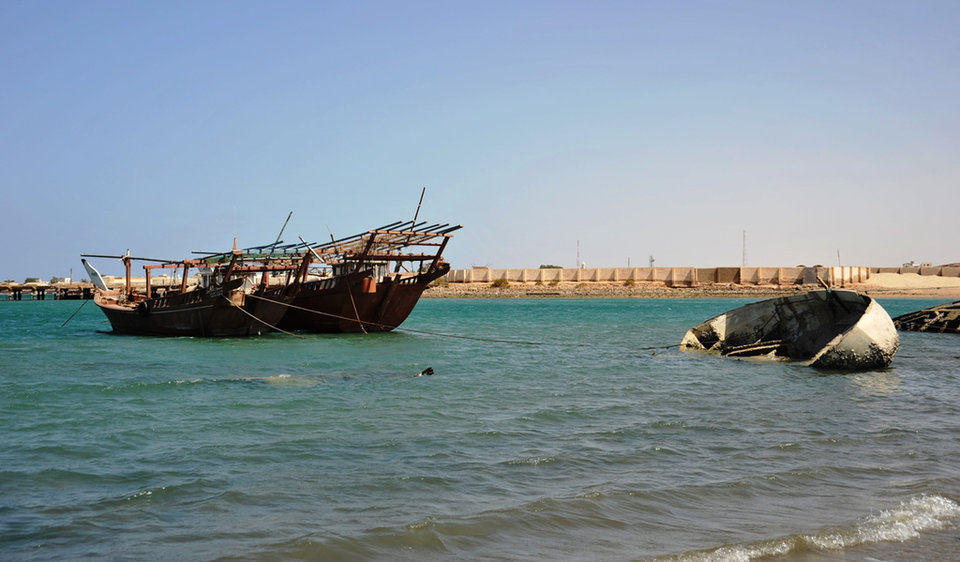
The Gulf of Aden in 2010. Image: Free Wind 2014 / Shutterstock.com
Piracy down: Bangladesh
Concerted action by law enforcement authorities has also been credited with impressive security improvements in Bangladeshi waters, which reported no incidents in 2019 for the first time since before 2019. Twelve incidents were reported in 2018, with the majority of attacks targeting ships at anchor, especially at anchorages in and around Chittagong.
The Bangladesh Navy and Coast Guard has a history of cooperation with the US and other regional partners to improve maritime security in Southeast Asia and the Bay of Bengal. As a result of these efforts, in 2014 then-US ambassador to Bangladesh Dan Mozena noted reduced shipping insurance rates in the region and Chittagong being taken off the list of high-risk seaports.
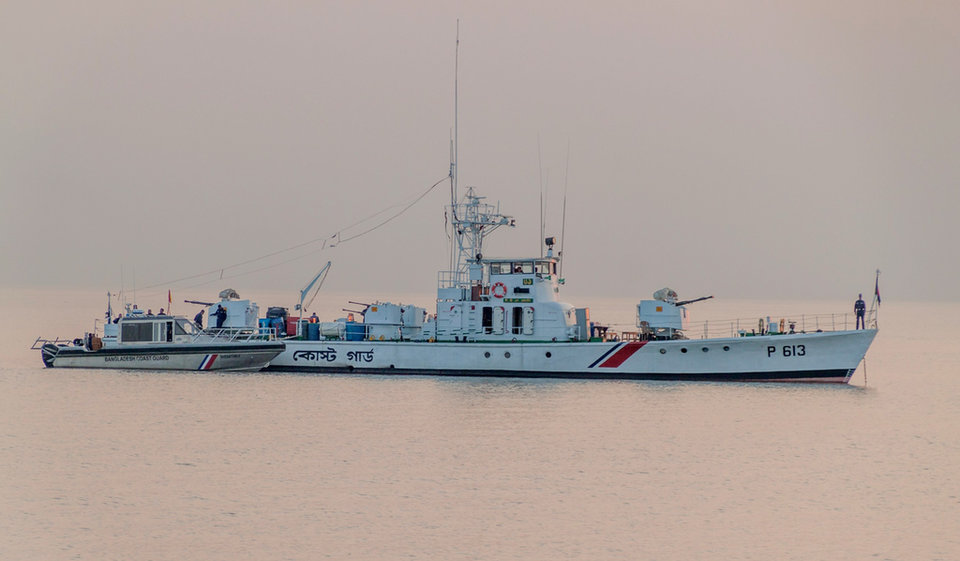
The Bangladesh Coast Guard ships on the Pasur River, Bangladesh. Image: Matyas Rehak / Shutterstock.com
Piracy up: Singapore Straits
The busy shipping lanes of the Singapore Straits also saw growth in piracy-related events, with 12 reported armed robbery attacks carried out in 2019, up from just three the year before. Perhaps more concerning still is the fact that 11 of the 12 incidents reported in the Singapore Straits last year took place in the last quarter of the year, representing a sudden spike in attacks and prompting repeated alerts by the intergovernmental ReCAAP Information Sharing Centre to shipping firms in the region.
Reports reveal a cluster of armed robbery attacks in late December, including three attacks on 20 December, two attacks on 23 December and another attack on Christmas Day.
“The attacks are low level – i.e. aimed at armed theft from the vessel – and tend to take place in the hours of darkness,” the PRC report found. “At least seven crew have been taken hostage. The attackers are normally armed with knives and guns. This is a distraction for the crew in control of the vessel whilst navigating through congested waters.”
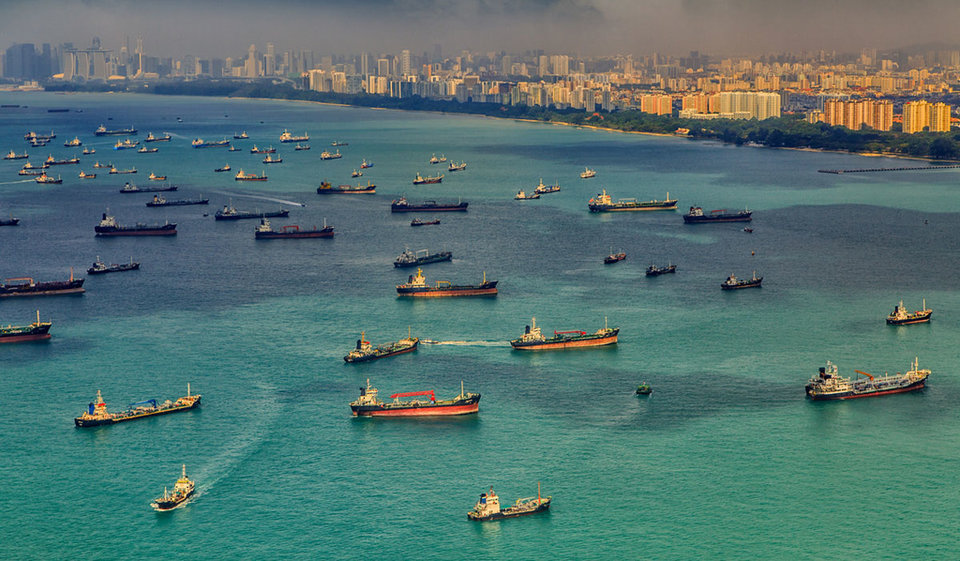
Cargo ships entering the Port of Singapore.
Piracy down: Indonesia
Three Indonesia ports – Belawan, Taboneo and Tanjung Priok – were on the PRC’s list of anchorages with three of more reported incidents in 2019, and in total the country recorded 25 incidents in its waters. This is down from 36 in 2018 and represents the continued improvement in Indonesian maritime security in recent years, as incident numbers have fallen precipitously since 2015, when 108 attacks were reported.
The PRC report recommends strict vigilance in Indonesian waters while at port or at sea, as pirates and robbers have tended to make their escape without confronting crew once an alarm is sounded.
The agency has attributed the steadily improving crime statistics to effective action and communication from the Indonesian Marine Police (IMP) which conducts patrols to enhance security at specific hot spots.
“Recent meetings and continued dialogue between the Indonesian Marine Police and the IMB PRC resulted in positive actions by the Indonesian authorities, which have so far brought incidents down,” the report states. “With the assistance and actions of the IMP, the incidents appear to be decreasing each quarter with great success.”
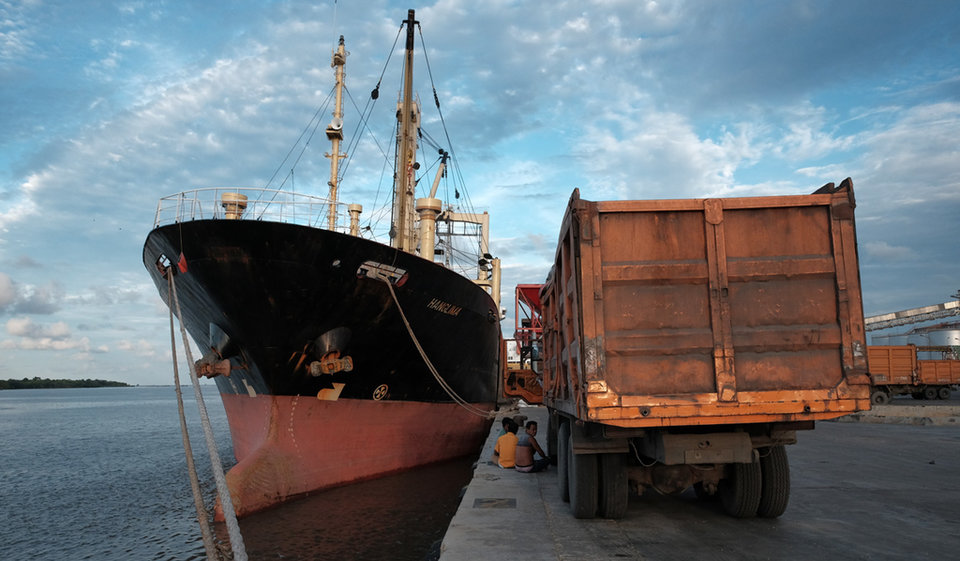
The port of Belawan, Indonesia. Image: JUAN HERBERT GIRSANG / Shutterstock.com
Piracy up: Peru
After two years of low incident numbers (two in 2017 and four in 2018), attacks in Peruvian waters have again increased to ten incidents last year. The epicentre for these incidents, which included nine boardings and one attempted attack, is the anchorage of Callao in Lima District, where all of these attacks occurred – five of which were reported in the last quarter of the year.
The PRC categorises most of the incidents as low level, mainly involving robbery attempts during which vessel interlopers have mostly fled at the first sign of a response, although there are several incidents of brief hostage-taking episodes. In one incident in late November, three mooring ropes were the only items reported missing. Nevertheless, the PRC has noted the increasing number of incidents and advises shipmasters to maintain a vigilant watch and anti-piracy measures.
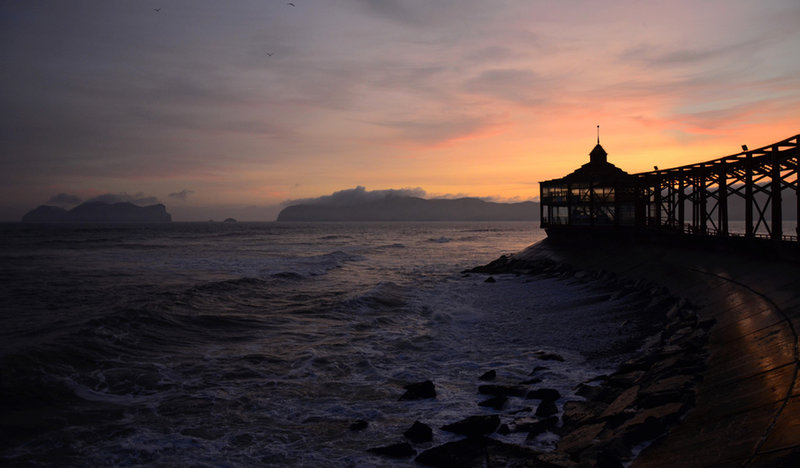
La Punta in Callao, Lima, Peru.
Piracy up: Gulf of Guinea
Amid the positive news around piracy in 2019 hides one particularly concerning statistic – an unprecedented number of crew members being kidnapped from their vessels, with 134 crew snatched in 19 separate attacks worldwide. These kidnappings were overwhelmingly driven by incidents in the Gulf of Guinea, where the number of crew kidnapped increase by more than 50% from 78 in 2018 to 121 in 2019. There were 64 incidents in these waters last year, including all four vessel hijackings and ten out of 11 total reports of ships coming under fire.
Although attacks in Nigerian waters dropped from 48 in 2018 to 35 last year, incidents in the country’s territory are still driving the gulf’s status as the highest-risk region for global piracy. Incidents in Nigerian waters include two vessel hijackings as well as multiple kidnappings, boardings and exchanges of fire.
“There can be no doubt that the Gulf of Guinea presents a serious and immediate threat to the safety and security of crews and vessels operating in the region,” PRC’s report concludes.
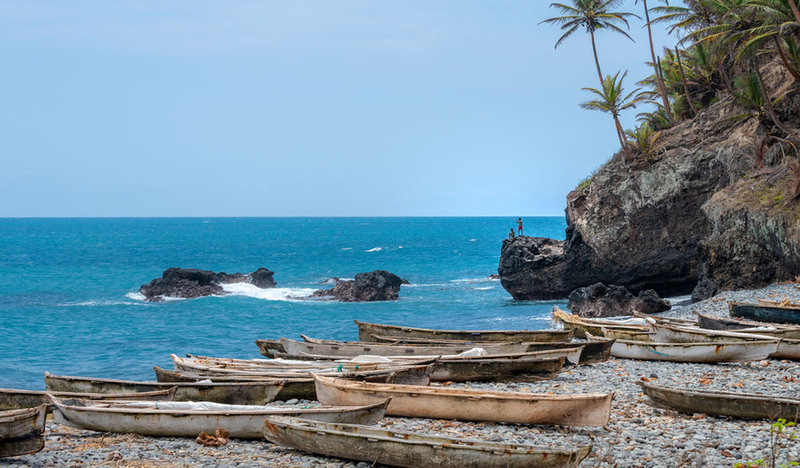
São Tomé and Príncipe, an African island in the Gulf of Guinea.
Piracy down: Somalia and the Gulf of Aden
Given the recent history of piracy in the Gulf of Aden and off the Somali coast, it’s striking that not a single incident was reported in these waters last year.
“The international navies patrolling these waters continue to coordinate and liaise with merchant and fishing fleets to identify and apprehend pirate action groups,” the report notes.
Despite the important security progress being made in Somalia and the Gulf of Aden, the PRC cautioned shipowners not to become complacent, as “Somali pirates still retain the capability and capacity to carry out incidents”.
“Somali pirates tend to be well-armed with automatic weapons, RPGs [rocket-propelled grenades] and sometimes use skiffs launched from mother vessels, which may be hijacked fishing vessels or dhows,” the agency said. “While transiting through these waters it is essential to maintain a 24-hour visual and radar watch.”
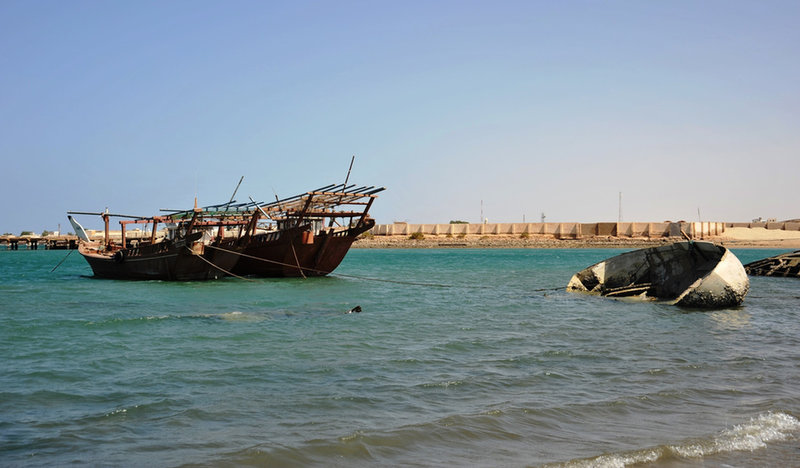
The Gulf of Aden in 2010. Image: Free Wind 2014 / Shutterstock.com
Piracy down: Bangladesh
Concerted action by law enforcement authorities has also been credited with impressive security improvements in Bangladeshi waters, which reported no incidents in 2019 for the first time since before 2019. Twelve incidents were reported in 2018, with the majority of attacks targeting ships at anchor, especially at anchorages in and around Chittagong.
The Bangladesh Navy and Coast Guard have a history of cooperation with the US and other regional partners to improve maritime security in Southeast Asia and the Bay of Bengal. As a result of these efforts, in 2014 then-US ambassador to Bangladesh Dan Mozena noted reduced shipping insurance rates in the region and Chittagong being taken off the list of high-risk seaports.
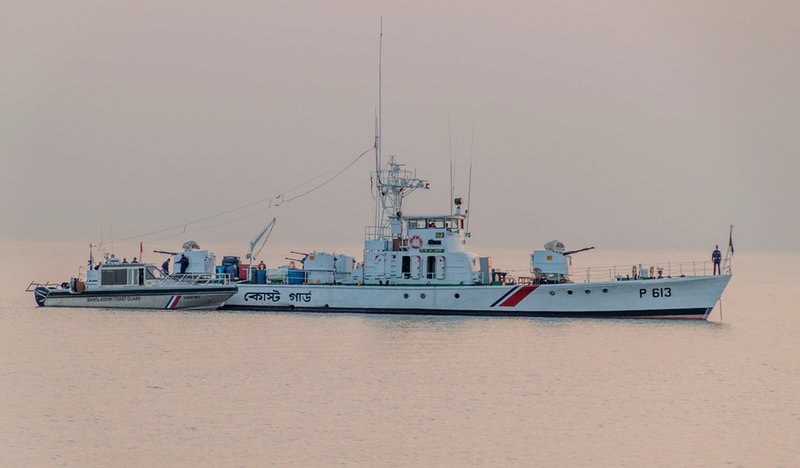
The Bangladesh Coast Guard ships on the Pasur River, Bangladesh. Image: Matyas Rehak / Shutterstock.com
Piracy up: Singapore Straits
The busy shipping lanes of the Singapore Straits also saw growth in piracy-related events, with 12 reported armed robbery attacks carried out in 2019, up from just three the year before. Perhaps more concerning still is the fact that 11 of the 12 incidents reported in the Singapore Straits last year took place in the last quarter of the year, representing a sudden spike in attacks and prompting repeated alerts by the intergovernmental ReCAAP Information Sharing Centre to shipping firms in the region.
Reports reveal a cluster of armed robbery attacks in late December, including three attacks on 20 December, two attacks on 23 December and another attack on Christmas Day.
“The attacks are low level – i.e. aimed at armed theft from the vessel – and tend to take place in the hours of darkness,” the PRC report found. “At least seven crew have been taken hostage. The attackers are normally armed with knives and guns. This is a distraction for the crew in control of the vessel whilst navigating through congested waters.”
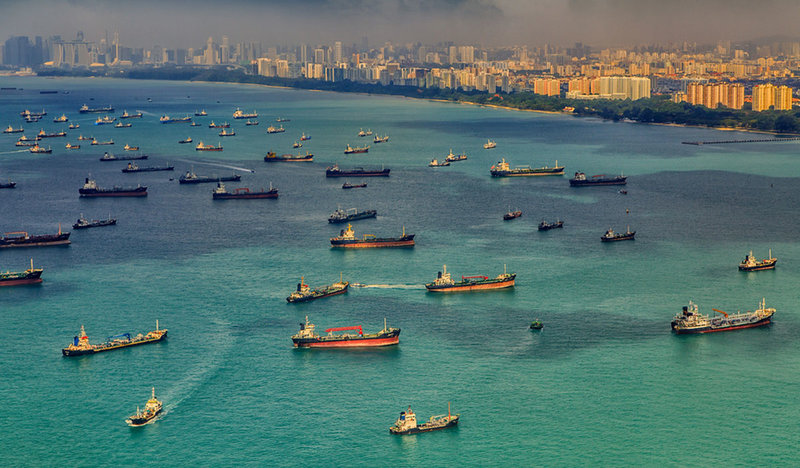
Cargo ships entering the Port of Singapore.
Piracy down: Indonesia
Three Indonesia ports – Belawan, Taboneo and Tanjung Priok – were on the PRC’s list of anchorages with three or more reported incidents in 2019, and in total the country recorded 25 incidents in its waters. This is down from 36 in 2018 and represents the continued improvement in Indonesian maritime security in recent years, as incident numbers have fallen precipitously since 2015, when 108 attacks were reported.
The PRC report recommends strict vigilance in Indonesian waters while at port or at sea, as pirates and robbers have tended to make their escape without confronting crew once an alarm is sounded.
The agency has attributed the steadily improving crime statistics to effective action and communication from the Indonesian Marine Police (IMP) which conducts patrols to enhance security at specific hot spots.
“Recent meetings and continued dialogue between the Indonesian Marine Police and the IMB PRC resulted in positive actions by the Indonesian authorities, which have so far brought incidents down,” the report states. “With the assistance and actions of the IMP, the incidents appear to be decreasing each quarter with great success.”
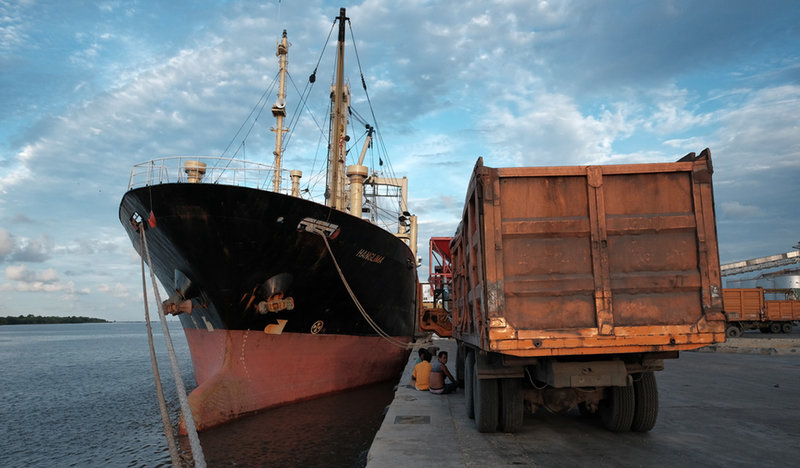
The port of Belawan, Indonesia. Image: JUAN HERBERT GIRSANG / Shutterstock.com
